How To Keep Pop Up Canopy From Blowing Away?
With summer just around the corner, many of us are eager to spend time outdoors enjoying sunny days at the beach, camping, attending outdoor events, or setting up temporary shelters for backyard gatherings. A popular way to provide portable shade and rain cover is using pop up canopies, often called portable canopies, gazebos, or inflatable tents. However, dealing with strong winds can quickly turn an idyllic outing or gathering into a frustrating struggle to prevent tents and canopies from being blown about or blown over altogether.
In this article, we’ll cover everything you need to consider to keep your Blow Up Canopy safely secured on breezy days. We discuss viable options for both lightweight portable canopies as well as heavy duty tents and inflatable shelters. We’ll go over:
– Common features and types of pop up canopies
– Why canopies are prone to wind
– Factors that affect wind resistance ability
– Key methods to keep them stable and grounded
– Special designs and accessories for windy conditions
– How to respond when winds exceed equipment capabilities
By the end, you’ll know just what to look for when choosing canopy tent equipment suitable for different conditions. You’ll also learn proper techniques and backup plans to implement so your temporary structures remain reliably anchored. Let’s start by examining popular canopy styles and their intended uses.
Branded Pop Up Tents:10x20ft Pop Up Canopy
Custom Logo Pop Up Tent | 10×20 Pop Up Canopy Tents
Logo Pop Up Canopy | 10×20 Ft Folding Canopy Tent
Custom 10×15 Pop Up Canopy For Event
Types of Pop Up Canopies
Portable pop up canopies come in a wide range of shapes, sizes, frames and purposes. Some fast emerging types include:
Instant Canopies
These are very convenient, Blow Up Canopy tents that “pop up” almost instantly when removed from a carry bag. They have an extendable frame that can spring open and be locked securely into place without tools. Guy lines, stakes, poles and anchor accessories are used to add more stability and resistance. Sizes generally range from 10 x 10 feet up to 15 x 15 feet. They are more suited for very temporary use rather than all weather durability.
Gazebos
As more of a decorative shelter often used in backyards and patios, gazebos have solid roofing and partial or full sidewalls. They act as an outdoor permanent room. Gazebos often have elaborate aesthetic details, screens, benches and built-in lighting. Heavy wooden or metal frames plus permanent anchoring makes them very wind-resistant.
Car Canopies
Custom designed for vehicle tailgating events, car canopies have gaps and ports to accommodate open trunks. Special strapping allows them to be strapped securely to vehicles, using the car weight to hold it in place. 10 x 20 sizes help cover more passenger space.
Inflatable Tents
Innovations in fabric and frame technology allows inflatable tents with incredible portability plus strength to withstand wind gusts. Interior inflatable beams give 360° structure support when pumped to pressure. Anchor rings, straps, ground spikes and ballast bags further increase friction and grip to avoid drifting. Sizes range from petite inflatable camping pods to spacious event tents.
Panelized Canopies
Commercial grade canopies used at outdoor markets, fairs and work sites have sturdy aluminum frames with removable wall and roof panels. Sidewalls can be left on or taken off to control ventilation. The structure pieces lock together firmly and resistance increases when outfitted with stabilizer bars, weights and tie downs. Matching accessory tents and connection tunnels are available.
This covers some of the most useful canopy types you’re likely to use for casual or professional shade and shelter needs. Next let’s examine why wind can disruption pop up canopies so easily if they are not properly prepared and anchored…
How Blow Up Canopy Catch Gusts
To understand why temporary shelters like pop up tents, inflatables and portable gazebos are inherently vulnerable in windy conditions, you need to understand their design limitations:
Large Surface Area
Canopies can present a very large profile surface to incoming gusts, creating considerable drag and lifting forces. Just as with a kite or sail, wind pushes under the canopy fabric, putting intense upward pressure through the whole structure. The “billowing” nature then traps more air, multiplying the effects.
Higher Center of Gravity
With weight distributed mainly around the outer edges at ground level, canopies lack a low center of gravity to anchor them down securely. The open space above allows wind to infiltrate from all sides, searching out a weak point.
Lightweight Materials
To ensure easy mobility and setup, temporary canopy tents utilize lightweight metal components, thin poles and fabric coverings. These are no match for sustained heavy winds when stand-alone.
Removable Features
Aspects that increase secure stability like sidewalls, corner weights and anchor ropes are often detachable or sold separately. If trying to cut costs or time, people may forego these supports that could prevent disasters.
With huge upward forces working against minimal frame strength and inconsistent stability accessories used, it is unfortunately not uncommon for poorly secured canopies to be flipped violently in storms even while occupied. Factor in unpredictable coastal or mountaintop gusts, and pesky winds can quickly deflate your outdoor activity plans. Let’s look at which considerations have the most impact…
Most Influential Factors Determining Wind Resistance
When evaluating if a particular pop up canopy model or specific installation will resist overturning and maintain integrity in windstorm conditions, the following factors play pivotal roles:
– Canopy Size
– Type of Terrain
– Estimated Local Wind Speeds
– Ground Anchoring Method
Blow Up Canopy Size Matters
The first vital specification to evaluate is thetent or canopy span dimensions. Just as lifting a large appliance box is harder than lifting a small parcel, smaller tents withstand gust stresses better across less surface area. A 10 x 10 instant canopy experiences four times the wind force that a 5 x 5 version would!
Consider not only current conditions but your possible future needs. Will you later want to rent a 20 x 40 event tent? Building even a semi-permanent wooden platform canopy for a hot tub? Understanding area wind dynamics can determine maximum workable dimensions.
Terrain Impacts Gripping Ability
Carefully assess the ground surface you intend to secure the shelter onto. Soil properties like sand density, turf thickness and moisture levels all impact the holding power of anchoring devices. Loose beach sand can undermine heavy stakes that would perform well in firm rain-sodden grasslands. Concrete and asphalt are very dense but can crack under hammering pressure.
Also account for shifting sediment and erosion conditions over time. Terrain like drainage ditches may lose soil after flooding, exposing initially buried anchors. Digging small holes first to gauge composition below looser top layers is advised.
Wind Speed Data Calculations
Study historical weather data charts and zonal forecasts to reveal typical wind velocities expected both on average days and peak gusts during storms. Be clear on sustained winds versus temporary bursts. A 30 mph steady ocean breeze demands more robust precautions than occasional 40 mph thunderstorm gusts.
Online wind speed map resources using metrological models can approximate conditions. Note flatter plains often accelerate gusts higher than sheltered valleys. Funneling between buildings intensifies turbulence. Always overestimate likelihoods rather than underpreparing!
Anchoring Approaches Make Or Break
Finally, the specific techniques and hardware systems you utilize to literally anchor your canopy will determine if it stands safely or threatens collapse.
The stakeholders have spoken – choosing too lightweight a pop up frame, hoping improvised bungees cords will hold on sand dunes, neglecting to lower sidewalls…these are common anchoring mistakes that cut corners and leave temporary structures vulnerable to wind damage or destruction from inevitable gusts.
Now let’s move on to proven methods for keeping canopies stable even as winds escalate…
Effective Techniques For Weighing Down Canopies
Okay, so your originally straight forward goal of “simply buying a canopy tent for the beach” is turning into a more complex engineering project calculating wind load dynamics! But while accounting for local conditions is important, you can relax a bit knowing there are tried and true techniques to load down and reinforce your canopy that should handle most blustery days.
Method #1: Stack Weight On Legs
A direct and effective approach is concentrating extra mass weight around the base poles and legs. Tubular steel or plastic tent legs are hollow, making them perfect for slotting in galvanized pipe, sand bags, dumbbell plates, cinder blocks or other dense materials. Encasing feet also increases surface friction and distributes downward forces more evenly across frame joints.
Method #2: Secure Dedicated Anchor Points
Rather than relying solely on frame contact with the ground, purpose built anchor points linked by reinforced guy lines, cables and straps offer reliable tie down solutions. Most canopies have corner grommets or rings to thread rope through. Attaching to reliable screw anchors deeply driven into soil is best for permanent installations. For portable use, compact corkscrew stakes work well at resisting upward tension on their tethers.
Method #3: Use Vehicle or Structure Weight
For sturdy leveraging mass, lash your canopy directly to heavier neighboring objects using ratchet straps. Vehicles, storage containers, patio deck posts, park benches…anything weighting over 500lbs and immune to blowing over itself works! This shares the load while harnessing found assets already onsite. Loop straps through secure chassis points and around solid canopy poles for vice-like stability.
Those three standard procedures form a layered defense that caters to different wind impacts. While funnels may billow tent ceilings, the anchors forestall poles lifting from torque action. Weight keeps bases rooted even as gusts attempt to scoop underneath. Lines create load paths so forces dissipate across a framework distributively. Now to discuss special designs and accessories purpose-built for wind resistance…
Custom Blow Up Canopy Features and Add-Ons For Wind Mitigation
Recently, manufacturers have responded directly to consumer concerns regarding vulnerable canopy structures by introducing better engineered models and aftermarket products to withstand wind storms up to safety certified levels. Let’s survey key offerings worth investing in:
Wind-Responsive Frame Architectures
Smarter frame construction starts with choosing hardened aluminum over hollow steel for bends and joins less likely to buckle or loosen when stressed. Truss-style segmented poles hinged tightly together maintain shape integrity minimizing risk of twisting. Hybrid designs might use inflatable beams low toward the ground for ballast heft topped by mechanically locked poles up high.
Built-In Augmentation
Look for proprietary augmentation like protective skirting barriers lining the base perimeter to obstruct gusts sneaking underneath. Similarly, installing privacy screens, barrier walls or connecting secondary adjacent canopies enhances blockage from forceful winds. Sandbag rings, interior tether points and proprietary anchor spikes are just some purposeful provisions to take advantage of.
Guy Line Upgrades
Standard throwaway rope and plastic tent pegs fall short of securing heavy duty shelters. Upgrade to braided or twisted galvanized steel cable strands with stronger threaded ends to deeply screw into soil. Multi-head anchors spreading outward leverage wider counter tension. Camlock ratchet tensioners keep continual force on lines so they cannot loosen or uproot from vibration and jerking. Wind flaps alert when unsafe conditions arise.
Reinforcing Accessories
If already owning a canopy lacking robust wind load functionality, all is not lost! Reinforcing accessories can provide similar mechanical advantages as built-in features. For example, water filled stabilizer bars can weigh down poles once arranged. Concrete slab weights act as makeshift ballast blocks bringing low center of gravity control. Ratchet tie-down starter kits allow custom corner solutions. Sandbag weights are common but more are always helpful.
By utilizing engineering foresight and added components protecting against stress vector exposure, your canopy stand a better chance of not succumbing to extreme weather. But it’s also wise preparing for worst case scenarios just in case…
Emergency Action Plans – When Gusts Overwhelm Defenses
After going to great lengths ensuring your temporary canopy or inflatable tent remains stable come hell or high wind, it is still prudent having contingency plans should gale forces intensify unexpectedly beyond capacity levels. A few emergency guidelines to keep in mind:
Know Limits
Always respect manufacturer maximum wind speeds suggested for safe operation even if your augmentation efforts seem robust. No recreational canopy can truly guarantee safety in a named storm or tornado. Have realistic expectations and be ready to enact emergency response procedures.
Plan Orderly Takedown
Wait for passing lulls between gust bursts before attempting to dismantle compromised canopies. Safely direct occupants away from debris trajectories as pieces come loose and fall. Adjust procedures if needed to prevent components slamming violently in runaway collapse.
Prepare Secondary Shelter
If camping or otherwise relying solely on temporary canopy dwelling, be sure to keep a reserve emergency bivvy, life raft or stone structure ready as last resort sanctuary. Program local storm tracker app alerts on all phones so the group gets sufficient buffer warning ahead of harsh squall line arrival to adequately react.
By internalizing worst case scenarios into your inclement weather preparedness planning, you give yourself greater permission to comfortably enjoy canopy shelter on those many days when proper precautions have you covered. Our closing tips roundup key lessons for keeping portable cover upright and guests protected.
Conclusion: Top Tips For Blow Up Canopy Stability
After all this, you might feel selecting a simple pop up canopy is more demanding than securing a trampoline during tornado season! But while accounting for relevant environmental factors and following pragmatic anchoring techniques is important to ensure stable shelter, remember that manufacturers have also improved the durability and reinforced properties of their canopy equipment to handle most blustery conditions with aplomb.
To review key lessons on choosing and establishing rugged canopies:
– Select smaller sized models rated for higher maximum wind speeds
– Use terrain surface density to inform necessary staking solutions
– Obtain local wind data averages to gauge necessary capacity
– Weight down bases significantly with sandbags, pipes or concrete
– Utilize reliable anchor points and screw-in hardware
– Lash onto neighboring heavy vehicles or structures
– Invest in purpose-built design features enhancing wind resistance
– Keep emergency contingency procedures handy during severe storms
Using common sense precautions while also taking advantage of specialty canopy innovations designed specifically to mitigate wind disruption, you can confidently enjoy breezy days knowing your temporary structure stays safely rooted in place as temperatures climb and outdoor living heats up.




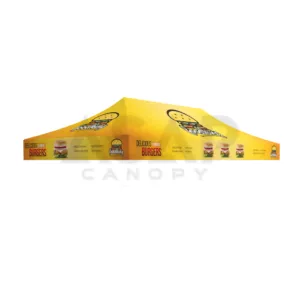
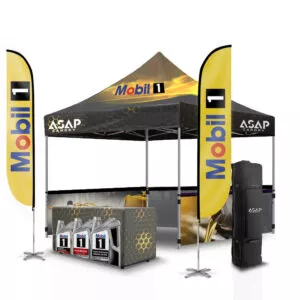


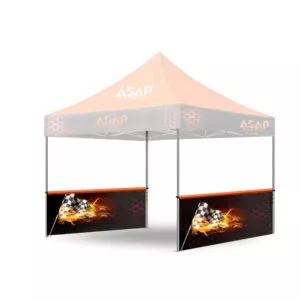
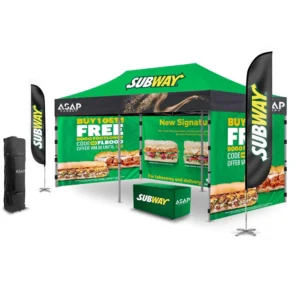

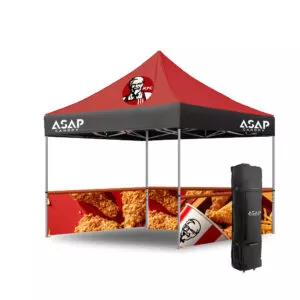
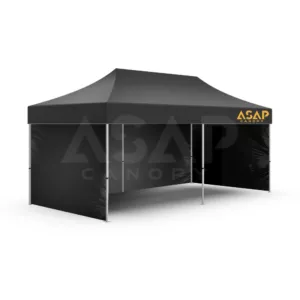



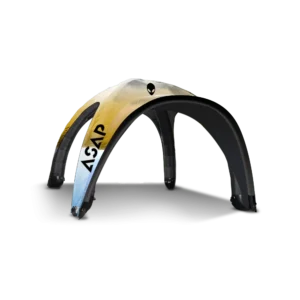

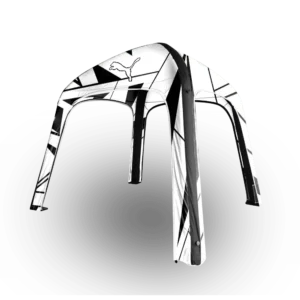



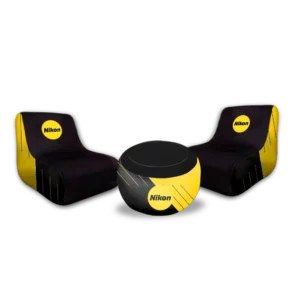




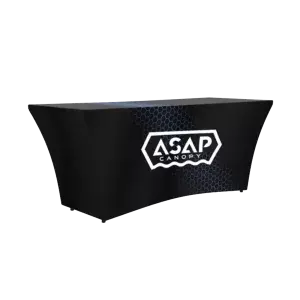

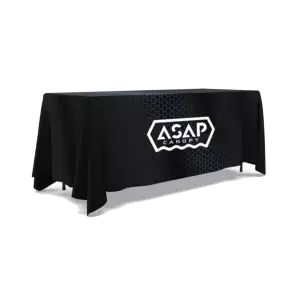





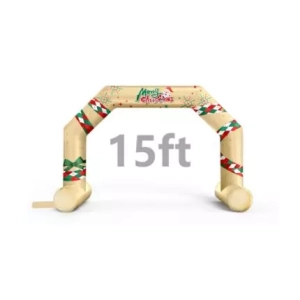





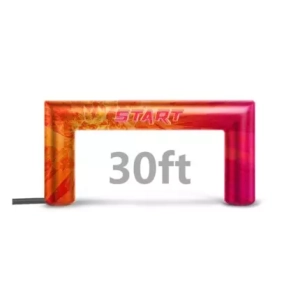





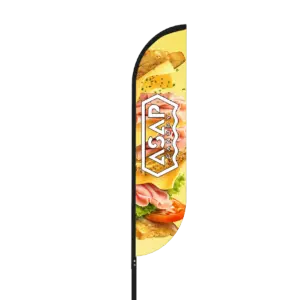




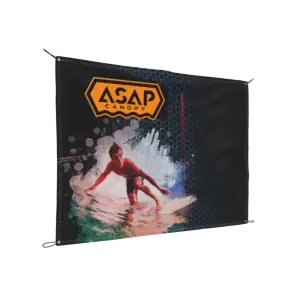
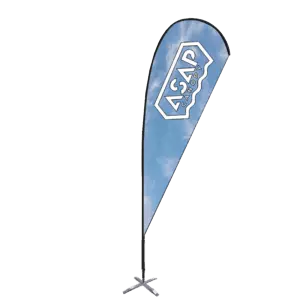

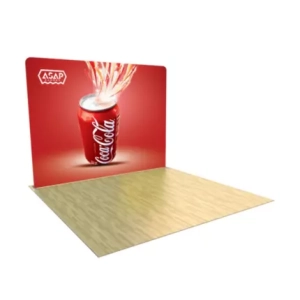

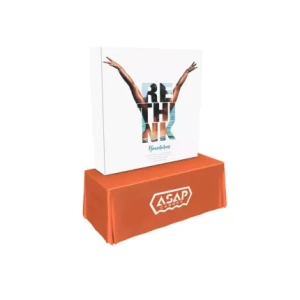

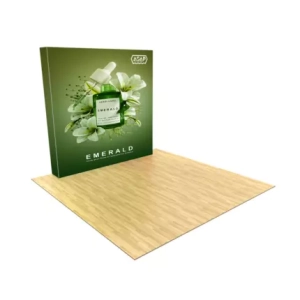



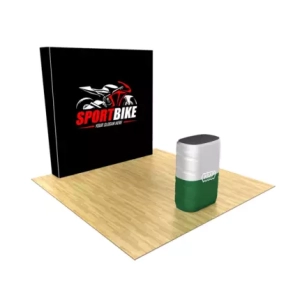


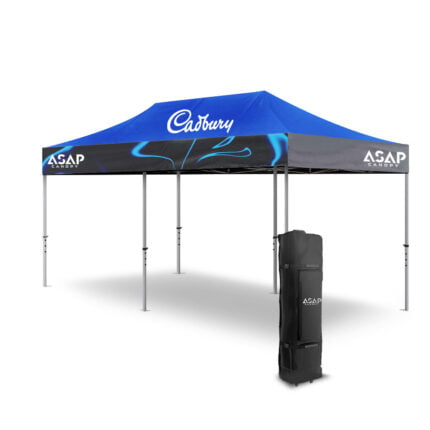

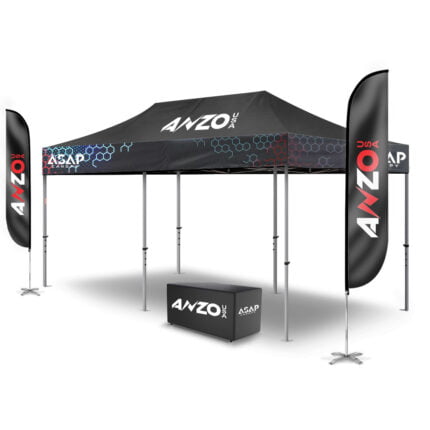



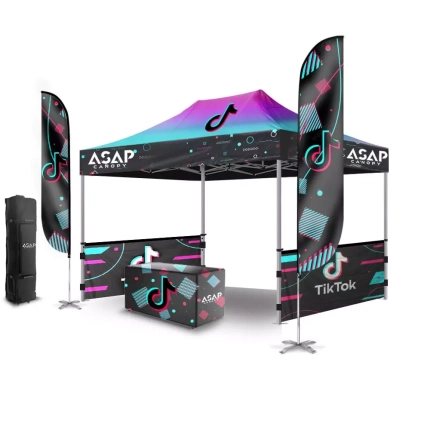
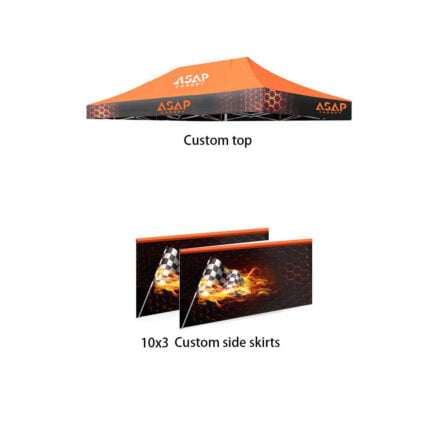



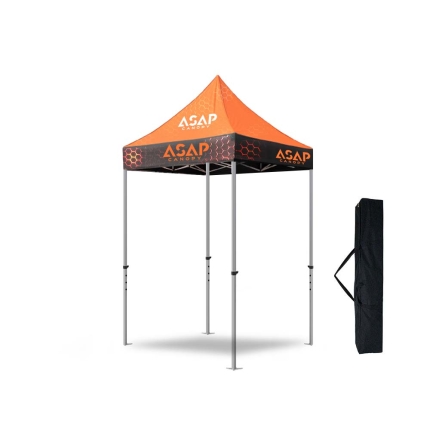

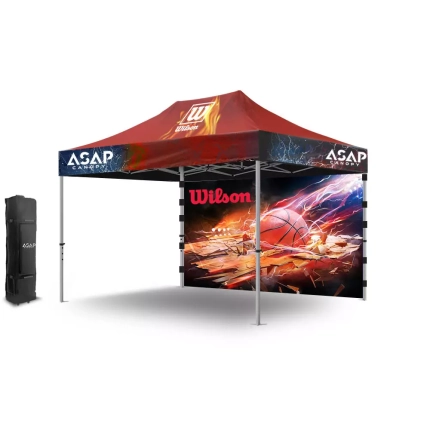




 5×5 Pop Up Tent
5×5 Pop Up Tent 6.5×6.5 Pop Up Tent
6.5×6.5 Pop Up Tent 10×10 Canopy Tent
10×10 Canopy Tent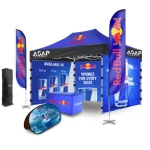 10×15 Canopy Tent
10×15 Canopy Tent 10×20 Canopy Tent
10×20 Canopy Tent Canopy Options
Canopy Options Blank Canopy Top
Blank Canopy Top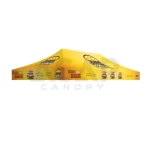 Canopy Top
Canopy Top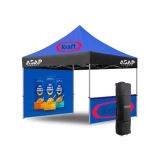 Canopy Walls
Canopy Walls Canopy Side Skirt
Canopy Side Skirt Blank Canopy
Blank Canopy Blank Canopy Kit
Blank Canopy Kit
 Inflatable Canopy Tents 10×10
Inflatable Canopy Tents 10×10 Inflatable Canopy Tents 13×13
Inflatable Canopy Tents 13×13 Inflatable Canopy Tents 16×16
Inflatable Canopy Tents 16×16 Inflatable Canopy Tents 20×20
Inflatable Canopy Tents 20×20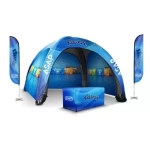 Inflatable Canopy Tents 23×23
Inflatable Canopy Tents 23×23 Inflatable Canopy Tents 26×26
Inflatable Canopy Tents 26×26 Inflatable Spider Tents
Inflatable Spider Tents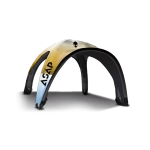 Inflatable Dome Tents
Inflatable Dome Tents Inflatable Eclipse Tents
Inflatable Eclipse Tents Inflatable Party Tent
Inflatable Party Tent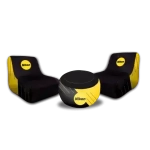 Inflatable Furniture
Inflatable Furniture Inflatable Pillar
Inflatable Pillar
 Single Pole Star Tents
Single Pole Star Tents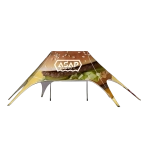 Double Pole Star Tents
Double Pole Star Tents
 15FT Inflatable Arches
15FT Inflatable Arches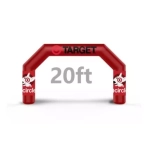 20FT Inflatable Arches
20FT Inflatable Arches 25FT Inflatable Arches
25FT Inflatable Arches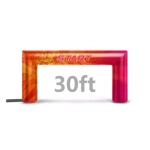 30FT Inflatable Arches
30FT Inflatable Arches 40FT Inflatable Arches
40FT Inflatable Arches 50FT Inflatable Arches
50FT Inflatable Arches Custom Constant Arches
Custom Constant Arches Custom Sealed Arches
Custom Sealed Arches
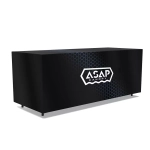 Fitted Table Covers
Fitted Table Covers Stretch-Fit Table Covers
Stretch-Fit Table Covers Loose Table Throws
Loose Table Throws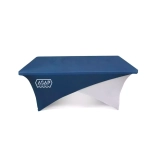 Cross-Over Stretch-Fit Table Cover
Cross-Over Stretch-Fit Table Cover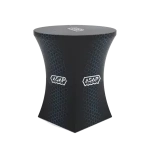 Round Stretch-Fit Table Cover
Round Stretch-Fit Table Cover Blank Table Throws
Blank Table Throws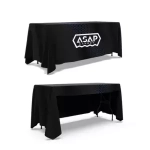 3-Sided Loose Table Throw
3-Sided Loose Table Throw Round Fitted Table Covers
Round Fitted Table Covers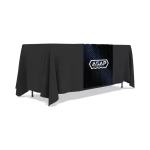 Table Runners
Table Runners Square Table Covers
Square Table Covers
 Feather Flags
Feather Flags Blade Flags
Blade Flags Feather Banner
Feather Banner Blade Banner
Blade Banner Teardrop Flags
Teardrop Flags Teardrop Banner
Teardrop Banner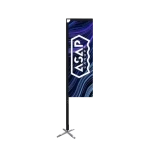 Rectangle Flags
Rectangle Flags Rectangle Banner
Rectangle Banner Mesh Event Banners
Mesh Event Banners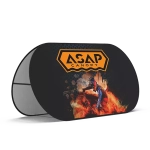 Pop Out Banner Horizontal
Pop Out Banner Horizontal Pop-Out Banner Vertical
Pop-Out Banner Vertical
 Trade Show Display
Trade Show Display Trade Show Display Kit
Trade Show Display Kit Pop Up Trade Show Display
Pop Up Trade Show Display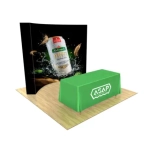 Pop Up Trade Show Display Deluxe Kit
Pop Up Trade Show Display Deluxe Kit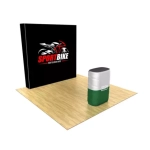 Pop Up Trade Show Display Kit
Pop Up Trade Show Display Kit TableTop Displays Kit
TableTop Displays Kit Pop Up Tabletop Display Kit
Pop Up Tabletop Display Kit Pop Up Tabletop Display
Pop Up Tabletop Display Tabletop Display
Tabletop Display Straight Trade Show Exhibit Booth
Straight Trade Show Exhibit Booth Banner Stand
Banner Stand
 Tent Accessories
Tent Accessories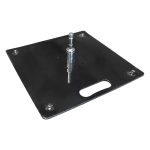 Flag Accessories
Flag Accessories Arch Accessories
Arch Accessories Trade Show Accessories
Trade Show Accessories
